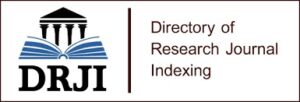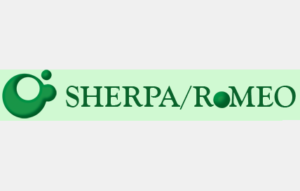Haematobiochemical Parameters of Broiler Chickens Fed Feather Meal Hydrolysed by Keratinolytic Enzymes as an Alternative Protein Source
The increasing demand for affordable and sustainable animal protein sources in poultry nutrition has spurred interest in unconventional feed ingredients. One such underutilised resource is feather meal, a by-product of poultry processing, which is rich in keratin protein but often limited in bioavailability due to its complex structure. This study evaluated the effects of feeding feather meal hydrolysed by keratinolytic enzymes (keratinase) as a protein substitute for fishmeal on the haematological and serum biochemical profiles of broiler chickens. The experiment was conducted at the Poultry Unit of the Teaching and Research Farm, Michael Okpara University of Agriculture, Umudike, Nigeria. The study lasted for 56 days and involved 150 unsexed day-old broiler chicks (ROSS 308 strain), randomly assigned to five dietary treatments in a completely randomised design. The diets were formulated to contain 0%, 25%, 50%, 75%, and 100% replacement of fishmeal with enzymatically treated feather meal (ETFM). The ETFM was prepared by hydrolysing milled feather meal using keratinase-producing Streptomyces fradiae, cultured in a basal medium, and subjected to enzymatic incubation at 37°C for 72 hours. Hydrolysed feather meal was dried, milled, and incorporated into the diets. Blood samples were collected from each treatment group at the end of the trial to evaluate haematological indices—packed cell volume (PCV), haemoglobin (Hb), red blood cell (RBC) and white blood cell (WBC) counts, and lymphocyte percentages—as well as serum biochemical parameters including total protein, albumin, globulin, urea, creatinine, alanine aminotransferase (ALT), and aspartate aminotransferase (AST). The results showed no significant (p > 0.05) differences in haematological parameters among dietary treatments, with all values falling within the normal physiological ranges reported for healthy broiler chickens (Jain, 1993; Dacie & Lewis, 2011). Notably, numerical increases in Hb and RBC counts were observed at 50% ETFM inclusion, suggesting enhanced erythropoiesis possibly due to improved bioavailability of sulphur-rich amino acids like cysteine and methionine from enzymatic hydrolysis (Gupta & Ramnani, 2006; Bhange et al., 2016). Similarly, serum biochemical markers showed no signs of hepatic or renal distress. Serum urea and creatinine levels were stable across treatments, indicating proper nitrogen metabolism and kidney function. Liver enzyme levels (ALT, AST) remained within safe limits, further confirming the absence of hepatic impairment. These findings demonstrate that replacing fishmeal with ETFM up to 100% did not induce haematological or metabolic stress in broiler chickens. Instead, ETFM supported physiological stability, suggesting its suitability as an alternative protein source. The enzymatic hydrolysis of feather meal significantly improves its digestibility and amino acid availability, making it a promising low-cost feed ingredient for sustainable poultry production in resource-limited settings. In conclusion, feather meal hydrolysed by keratinolytic enzymes can be effectively and safely used in broiler diets without compromising health or physiological functions. Its adoption may reduce feed costs and environmental waste while enhancing the circular bioeconomy in poultry systems.
Keywords: Feather meal, keratinase, broiler chickens, haematology, serum biochemistry, enzymatic hydrolysis, fishmeal replacement.




















